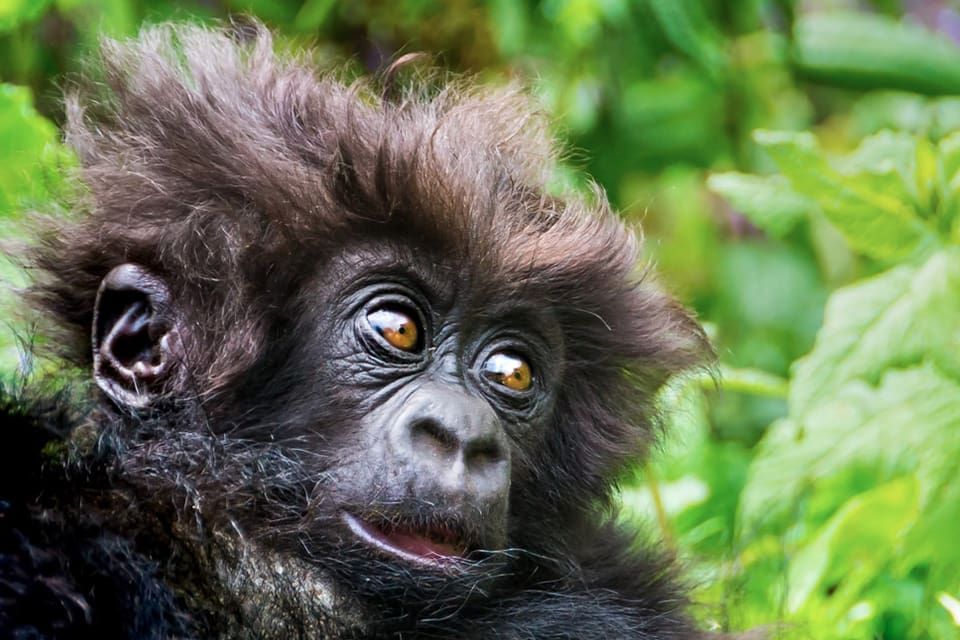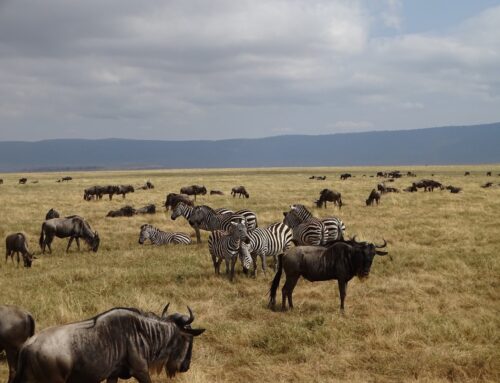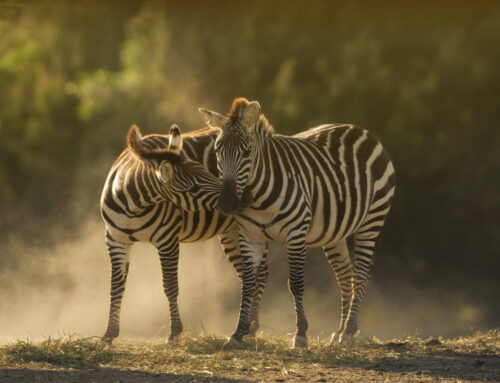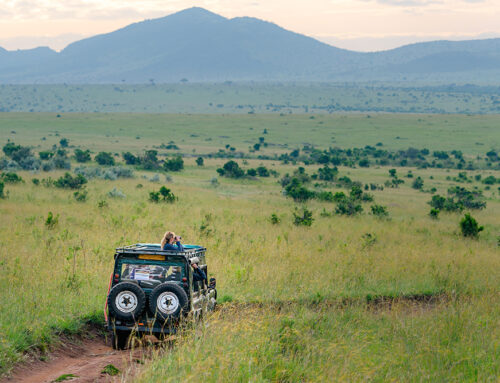The wild mountain gorilla is one of the most critically-endangered species in the world, living only in a chain of volcanoes located in Rwanda, Uganda and the Democratic Republic of the Congo.
Despite this scary fact, there is good news. Surveys conducted in 2016 found that there were 604 gorillas in this area. This is a serious jump from the 480 recorded gorillas in 2010. Today, the situation has improved even more thanks to conservation efforts in Virunga and Uganda’s Bwindi Impenetrable National park.
A recent study has shown that there are now more than 1,000 wild mountain gorillas in the area, despite the assumption that these gorillas were expected to be completely extinct by the year 2000.
Thanks to coordinated conservation efforts and anti-poaching regulations enacted by Rwanda, Uganda and the DRC, the gorilla population is thriving, and growth of the population is exceeding all expectations.
As wild mountain gorillas are still affected by threats such as disease, human development, deforestation, illegal snares and climate change, this milestone is important in conservation efforts. It is a great reminder that with proper policies in place, even the most vulnerable and threatened species can be preserved and allowed to maintain their unique place in our ecosystem.
Africa has some of the most majestic and unique wildlife in all of the world, and many species are threatened. As seen in the case of the wild mountain gorilla, conservation is more important than ever. Humans are in the driver’s seat when it comes to safeguarding the unique, biodiverse, and beautiful life that every African country has to offer. We encourage you to stay up to date with conservation efforts in Africa.
The wild mountain gorilla is one of the most critically-endangered species in the world, living only in a chain of volcanoes located in Rwanda, Uganda and the Democratic Republic of the Congo.
Despite this scary fact, there is good news. Surveys conducted in 2016 found that there were 604 gorillas in this area. This is a serious jump from the 480 recorded gorillas in 2010. Today, the situation has improved even more thanks to conservation efforts in Virunga and Uganda’s Bwindi Impenetrable National park.
A recent study has shown that there are now more than 1,000 wild mountain gorillas in the area, despite the assumption that these gorillas were expected to be completely extinct by the year 2000.
Thanks to coordinated conservation efforts and anti-poaching regulations enacted by Rwanda, Uganda and the DRC, the gorilla population is thriving, and growth of the population is exceeding all expectations.
As wild mountain gorillas are still affected by threats such as disease, human development, deforestation, illegal snares and climate change, this milestone is important in conservation efforts. It is a great reminder that with proper policies in place, even the most vulnerable and threatened species can be preserved and allowed to maintain their unique place in our ecosystem.
Africa has some of the most majestic and unique wildlife in all of the world, and many species are threatened. As seen in the case of the wild mountain gorilla, conservation is more important than ever. Humans are in the driver’s seat when it comes to safeguarding the unique, biodiverse, and beautiful life that every African country has to offer. We encourage you to stay up to date with conservation efforts in Africa.






